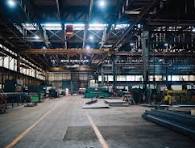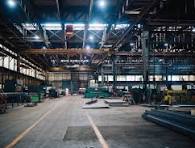
China’s manufacturing sector experienced a downturn in April 2025 as new tariffs imposed by the United States took effect. The official manufacturing purchasing managers’ index (PMI) fell to 49 in April, signalling a contraction in factory activity after months of relative stability. A PMI below 50 indicates a decline in manufacturing output.
Impact of U.S. Tariffs
The latest wave of U.S. tariffs on Chinese goods, introduced in early April, contributed significantly to the slowdown. Businesses rushed to purchase goods ahead of the tariff increases, temporarily boosting demand before a sharp drop in orders. As the new duties took hold, manufacturers saw a decline in exports and faced rising production costs, exacerbating the challenges posed by weaker global demand.
Ripple Effects on the Economy
The contraction in manufacturing is expected to have broader implications for China’s economic landscape. Production output has slowed, leading to concerns over employment and investment in the sector. Many businesses are reassessing their supply chains and cost structures, while investors remain cautious about long-term growth prospects.
Despite these challenges, policymakers may introduce measures to stabilize manufacturing and support industrial activity. Analysts suggest that targeted stimulus efforts, infrastructure spending, or adjustments to trade policy could help mitigate the impact of the slowdown.
China’s manufacturing sector remains a key pillar of its economy, and its trajectory in the coming months will be closely watched by global markets and trade partners. As businesses and governments respond to shifting trade dynamics, the full effects of these new tariffs will continue to unfold in the global economy.




